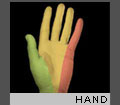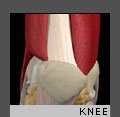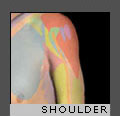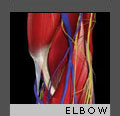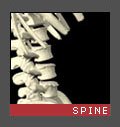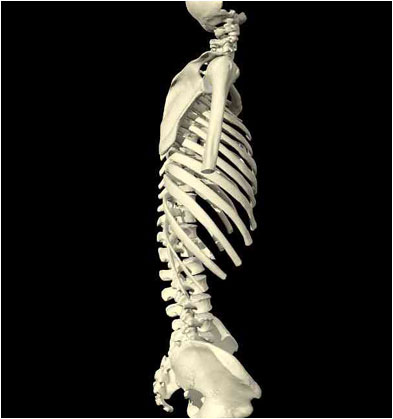Amateur golfers also list the lower back as their most frequent problem area.
Why so much back pain during golf? The answer probably lies in the significant stresses that the golf swing places on the muscles, ligaments, bones, and all-important discs in the spine—particularly the lower (lumbar) spine.
During a golf swing, the discs and other components of the spine are subjected to tremendous stresses, including:
- Compression
- Rotation (twisting, torsion)
- Shear
- Bending
- The peak shear and bending stresses on the lumbar spine during the golf swing were found to be 80 percent greater in amateurs than professional golfers
- Rotational stresses were also found to be substantially greater for recreational golfers compared to professional golfers
- While professional golfers exhibited a spinal/trunk muscle activity of 80 percent of their maximum during their swings, the amateurs reached nearly 90 percent of their maximum
- In amateurs, the muscular firing pattern was imprecise, but in the tested professionals the firing pattern reflected a discrete on-and-off profile
You might be wondering why professional golfers, in spite of their superior conditioning and swing technique, still manage to hurt their backs so frequently. The answer is probably in the high number of times that they swing the club each week due to their demanding practice and competition schedules.
References:
Sugaya H, Tsuchiya A: Low Back Injury in Elite Professional Golfers: An Epidemiologic and Radiographic Study. In Farrally M, Cochran A (eds.): Science and Golf III: Proceedings of the World Scientific Congress of Golf. Champaign, Ill,: Human Kinetics, 1999.
Hosea T, Gatt C: Back Pain in Golf. Clinics in Sports Medicine 15(1): 37-53, 1996
Hosea T, Gatt C, Gertner E: Biomechanical Analysis of the Golfer’s Back. In Stover CN, McCarroll JR, Mallon WL (eds.): Feeling Up to Par: Medicine from Tee to Green. Philadelphia: F.A. Davis, 1994.
